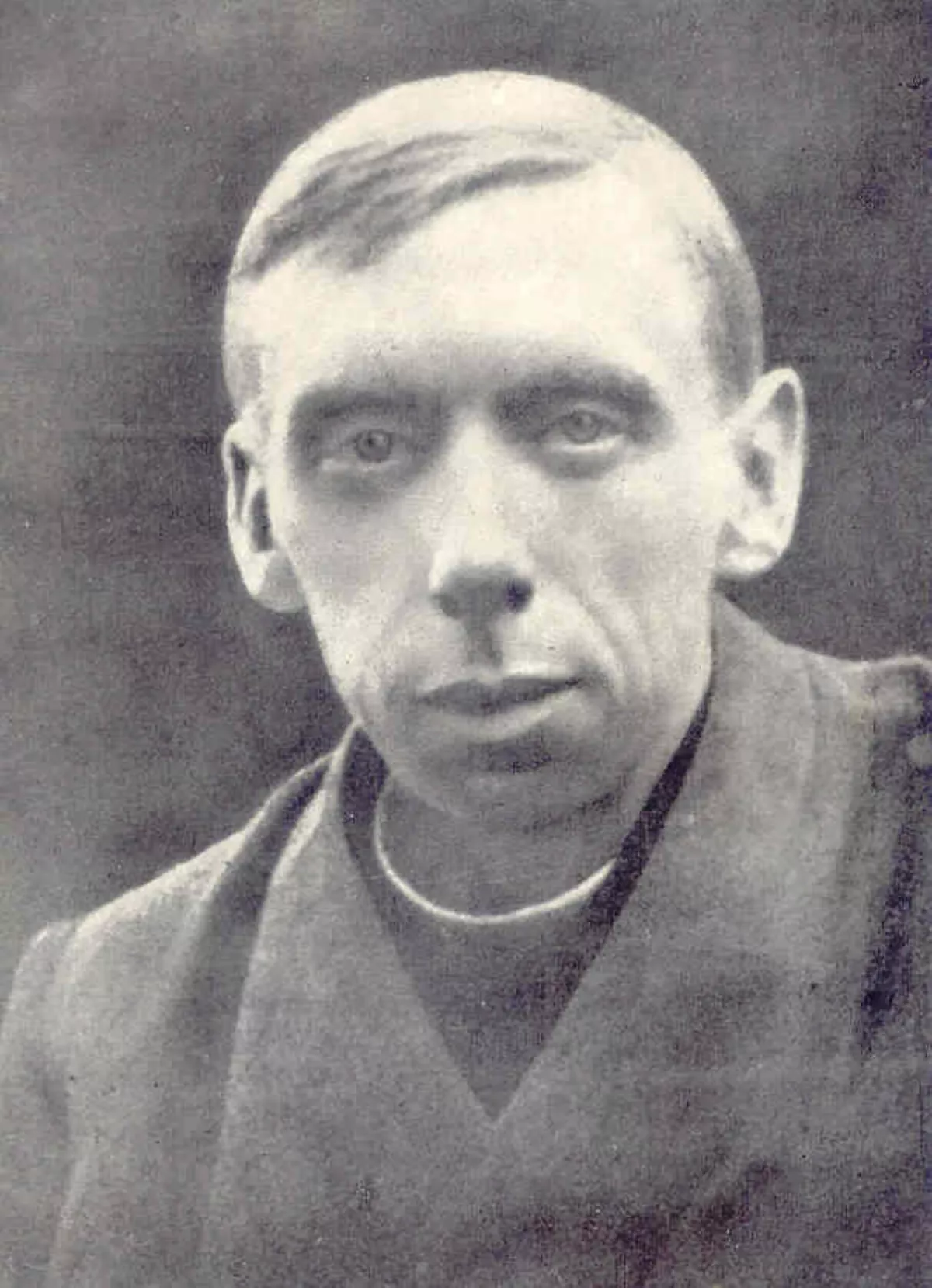 1.
1. George Tyrrell was an Anglo-Irish Catholic priest and a highly controversial theologian and scholar.

 1.
1. George Tyrrell was an Anglo-Irish Catholic priest and a highly controversial theologian and scholar.
George Tyrrell was born on 6 February 1861 in the city of Dublin.
George Tyrrell was brought up as an Anglican and around 1869 he attended Rathmines School, near Dublin.
George Tyrrell was educated from 1873 at Midleton College, an institution affiliated with the Church of Ireland, but his mother had difficulty affording the fees and he left early.
On Palm Sunday, George Tyrrell wandered into St Etheldreda's, a Catholic church on Ely Place.
George Tyrrell immediately applied to join the Society of Jesus, but the provincial superior advised him to wait a year.
George Tyrrell spent the interim teaching at Jesuit schools in Cyprus and Malta.
George Tyrrell joined the Jesuits in 1880 and was sent to the novitiate at Manresa House.
George Tyrrell later stated that he believed he was more inclined to the Benedictine spirituality.
George Tyrrell then went to St Beuno's College, in Wales, to take up his theological studies.
George Tyrrell then began to have serious conflicts with his superiors over the traditional Jesuit approach to teaching philosophy.
George Tyrrell admired Aquinas, but he rejected the Scholastic approach as inadequate.
George Tyrrell became convinced that the Jesuits were not teaching the work of Aquinas himself, but rather the narrow interpretation of it introduced centuries later by Jesuit theologian Francisco Suarez.
In 1896, George Tyrrell was transferred to the Jesuit House on Farm Street in London.
George Tyrrell first met Friedrich von Hugel in October 1897 and they became close friends.
George Tyrrell had the occasion to review some works by Wilfrid Ward, and for a time, came to share Ward's view of moderate liberalism.
Between 1891 and 1906, George Tyrrell published more than twenty articles in Catholic periodicals, many of them in the United States.
George Tyrrell "preferred to admit that the Christian doctrine of hell as simply a very great mystery, one difficult to reconcile with any just appreciation of the concept of an all-loving God".
George Tyrrell argued that the rationalist approach of the Scholastics was not applicable to matters of faith.
George Tyrrell was assigned to a small mission in Richmond, where he deeply appreciated the peace and quiet.
George Tyrrell was critical both of the Catholic neo-Scholasticism and of the Liberal Protestant scholarship of the day.
George Tyrrell was the only Jesuit expelled from the society in the 20th century until a subsequent Father General, Pedro Arrupe, expelled the Dutch priest Huub Oosterhuis in 1969.
George Tyrrell wrote two letters to The Times in which he strongly criticized that encyclical.
George Tyrrell alleged that the Pope's thinking was based on a theory of science and on a psychology that seemed as strange as astrology to the modern mind.
George Tyrrell accused Pascendi of equating Catholic doctrine with Scholastic theology and of having a completely naive view of doctrinal development.
George Tyrrell furthermore asserted that the encyclical tried to show that the "modernist" was not a Catholic, but succeeded only in showing that he was not a Scholastic.
Unlike his contemporary the French modernist theologian Alfred Loisy, George Tyrrell was never tried by the Congregation of Index or by the Holy Office.
George Tyrrell's case was always in the hands of the Cardinal Secretary of State, Rafael Merry del Val, who worked closely with Bishop Amigo.
George Tyrrell suffered from chronic nephritis and became increasingly ill.
George Tyrrell was given extreme unction on his deathbed in 1909, but as he refused to abjure his modernist views he was denied burial in a Catholic cemetery.